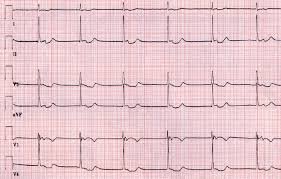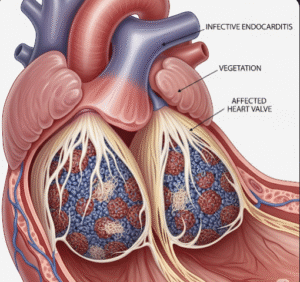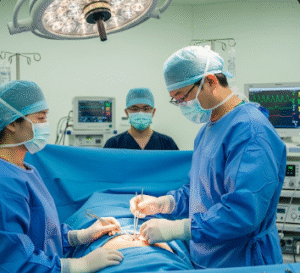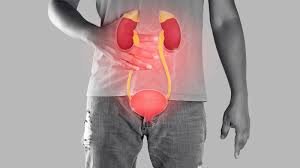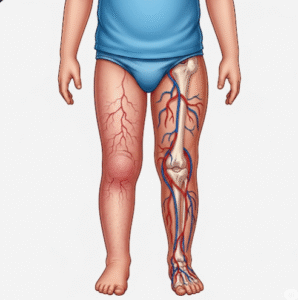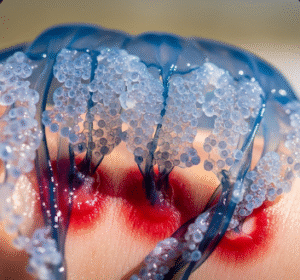What It Is
Neck webbing release, also known as pterygium colli release, is a reconstructive and cosmetic surgical procedure to remove or correct the web-like skin folds on the sides of the neck. These folds can be present from birth (often associated with genetic conditions such as Turner syndrome or Noonan syndrome) or may occur after trauma, burns, or previous surgeries.
The procedure aims to restore a natural, smooth neckline by excising excess skin, tightening underlying tissues, and repositioning the skin for symmetry and improved aesthetics. In Korea, this surgery is performed with advanced plastic and reconstructive techniques, often using Z-plasty, W-plasty, or tissue flap methods to minimize scarring.
Why It’s Done
Patients undergo neck webbing release because:
- Congenital neck folds make the neck appear short, wide, or webbed.
- They cause cosmetic concerns and affect confidence.
- In some cases, webbing can restrict neck mobility or create discomfort.
- Correcting neck webbing enhances facial-neck harmony and aesthetics.
Good candidates include:
- Patients with congenital webbed neck (e.g., Turner syndrome).
- Individuals with post-traumatic or post-burn neck contractures.
- Healthy patients with realistic expectations about scarring and results.
Alternatives
- Non-surgical methods (such as physical therapy or skin tightening treatments) are not effective for true webbing.
- Camouflage with clothing or hairstyles for those unwilling to undergo surgery.
- Scar revision surgery if the webbing is primarily caused by previous surgical or burn scarring.
Preparation
Before surgery in Korea, patients will:
- Undergo medical evaluation and consultation.
- Have photography and skin measurements for surgical planning.
- Stop smoking and alcohol 2–4 weeks before surgery.
- Avoid blood-thinning medications and certain supplements.
- Discuss scar placement and realistic outcomes with the surgeon.
How It’s Done
- Anesthesia: General anesthesia or local with sedation, depending on severity.
- Incisions: Placed strategically along natural skin creases or hairline.
- Techniques:
- Z-plasty: Reorients and lengthens the skin to release tension and reduce webbing.
- W-plasty or geometric broken line closure: Breaks up scar lines to camouflage them.
- Skin flap rearrangement: For larger or more complex webbing.
- Closure: Fine sutures are placed for minimal scarring.
- Duration: 1–3 hours, depending on the extent of correction.
Recovery
- First week: Swelling, bruising, and mild discomfort are common.
- Stitches are removed in 5–7 days if non-dissolving sutures are used.
- Patients usually resume light activities within a week.
- Final results appear within 1–3 months as swelling subsides and scars mature.
Possible Complications
- Scarring (although minimized with advanced techniques).
- Asymmetry between both sides of the neck.
- Recurrence of webbing if the release is insufficient.
- Infection or wound healing problems.
- Rare risks: nerve injury, excessive bleeding, or hypertrophic scars.
Treatment Options in Korea
Diagnosis
Korean surgeons perform clinical examination, photography, and skin fold mapping to assess severity and symmetry. Genetic evaluation may also be done if the webbing is congenital.
Surgical Treatments
- Z-plasty release for mild to moderate congenital webbing.
- W-plasty or geometric line techniques to disguise scars.
- Local flap or skin graft reconstruction for severe or post-burn contractures.
- Combination with neck lift for aesthetic enhancement in adults.
Rehabilitation and Support
- Scar management using silicone gels, laser therapy, or microneedling.
- Physical therapy if neck mobility was restricted before surgery.
- Long-term follow-up for scar maturation and symmetry checks.
- International patients benefit from Korea’s expertise in reconstructive surgery, refined scar techniques, and advanced aftercare programs.



